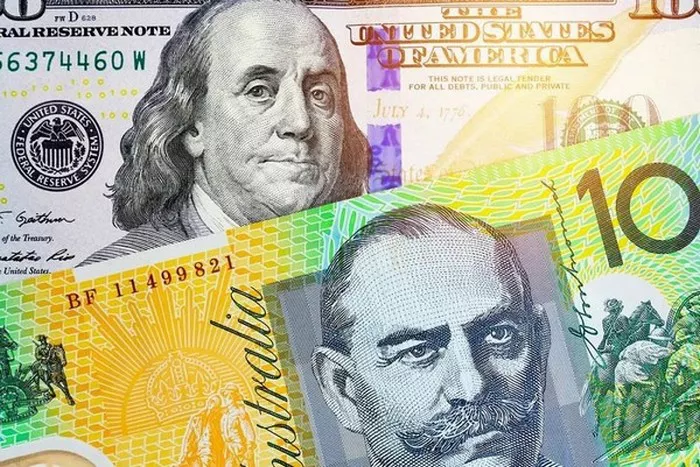The Australian dollar (AUD) is the official currency of Australia, known for its stability and widespread use in both domestic and international transactions. Beyond its financial significance, the AUD also carries cultural and historical meaning for the nation. In this article, we’ll take an in-depth look at the Australian dollar, examining its values, symbols, and various denominations. Whether you’re a traveler, investor, or simply curious about currency, understanding the AUD can provide valuable insights into Australia’s economic landscape.
The Australian Dollar: Historical Overview
1. Introduction of the AUD
The Australian dollar was introduced in 1966, replacing the Australian pound as the nation’s official currency. The change aimed to modernize the country’s monetary system and align with decimal currency standards.
2. Decimalization Process
Decimalization marked a significant shift in Australia’s currency system, with the AUD adopting a decimal-based structure. One Australian dollar was initially divided into 100 smaller units called cents.
Values and Exchange Rate
1. Exchange Rate Fluctuations
The value of the Australian dollar can fluctuate due to various factors, including economic indicators, interest rates, and global market conditions. Exchange rates determine how much one AUD is worth in terms of other currencies.
2. International Value
The AUD’s international value affects trade, tourism, and investment. A strong Australian dollar can make imports cheaper but may impact export competitiveness.
Symbols and Design
1. Currency Code and Symbol
The currency code for the Australian dollar is AUD. Its symbol is “$,” often used to denote amounts in currency and financial contexts.
2. Design Elements
Australian banknotes and coins feature design elements that represent the nation’s cultural heritage, landmarks, and iconic figures. These designs reflect Australia’s unique identity and history.
Denominations of Australian Currency
1. Banknotes
Australian banknotes come in various denominations, including $5, $10, $20, $50, and $100. Each denomination features distinct colors, designs, and security features.
2. Coins
Australian coins are produced in different denominations: 5 cents, 10 cents, 20 cents, 50 cents, $1, and $2. These coins are used in daily transactions and bear unique designs on their obverse and reverse sides.
Security Features
1. Banknote Security
Australian banknotes incorporate advanced security features to prevent counterfeiting. These features include holograms, see-through windows, microprinting, and raised printing.
2. Coin Authentication
While coins are more challenging to counterfeit, their designs and materials are periodically updated to enhance security. Color, size, and metal composition are key factors in authenticating coins.
Cultural Significance
1. Indigenous Art
Some Australian banknotes and coins feature Indigenous Australian art, celebrating the country’s First Nations cultures and contributions.
2. Historical Figures
Banknote designs pay tribute to significant Australian figures, such as poets, authors, and political leaders, showcasing the nation’s rich history.
Managing Currency Abroad
1. Exchange Services
Travelers visiting Australia can exchange their currency for AUD at currency exchange services or banks. Exchange rates can vary, so it’s advisable to compare options.
2. Digital Transactions
Digital payments, including credit and debit cards, are widely accepted in Australia. Currency conversion and fees may apply to international transactions.
Impact of Tourism and Trade
1. Tourism Boost
A favorable exchange rate can attract international tourists to Australia, boosting the tourism industry and contributing to the economy.
2. Trade Relations
Exchange rates influence international trade relationships. A weaker AUD may benefit Australian exports, making them more competitive on the global market.
See Also: Australian dollar: what you need to know
Conclusion
In conclusion, the Australian dollar (AUD) holds both financial and cultural significance as Australia’s official currency. Understanding the values, symbols, and denominations of the AUD provides insights into the country’s economic landscape and history. The AUD’s exchange rate fluctuations, design elements, and security features shape its role in domestic and international transactions. As an integral part of Australia’s identity, the AUD represents the nation’s past, present, and future, serving as a reflection of its diverse culture and evolving economy. Whether you’re planning to visit Australia, invest, or simply appreciate currency’s role in our world, exploring the AUD’s values, symbols, and denominations can be a fascinating journey into the heart of Australia’s financial and cultural heritage.


